700,000 Rohingya Refugees Returning to Myanmar Face Bitter Choices
They’ve suffered war and rape, only to be met now with the threat of monsoons and an uncertain future back home.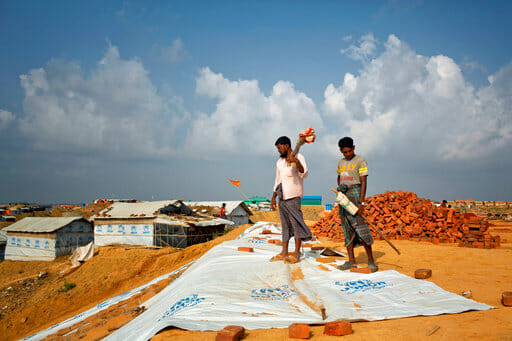 Rohingya refugees at a camp in Kutupalong, Bangladesh, cover an area with plastic sheets and sandbags in April to prevent landslides when the monsoon season arrives. (A.M. Ahad / AP)
Rohingya refugees at a camp in Kutupalong, Bangladesh, cover an area with plastic sheets and sandbags in April to prevent landslides when the monsoon season arrives. (A.M. Ahad / AP)
Nearly 700,000 Rohingya Muslim refugees fled their homes in Myanmar for Bangladesh last August, following brutal attacks by the military against the minority group’s villages in Rakhine state. After their months of living in limbo in Bangladeshi refugee camps, the Myanmar government claims they can return, but they’re facing an uncertain future back in their native country—not to mention the near-term threat of the monsoons approaching the camps where some continue to live.
The Muslim Rohingya have faced persecution from the majority-Buddhist Myanmar government since the 1970s, but the recent exodus occurred, as the Council on Foreign Relations explains, “after a militant group known as the Arakan Rohingya Salvation Army (ARSA) claimed responsibility for attacks on police and army posts.”
As the Bangkok Post reported May 5, Myanmar and Bangladesh have agreed to repatriate the refugees, but given the violence the Rohingya faced simply for their religious beliefs, some refugees are hesitant to return without a guarantee of safety.
Myanmar’s Gen. Min Aung Hlaing told a visiting U.N. Security Council delegation that the refugees will be safe “if they stay in the areas designated for them” in Myanmar. His comments renewed fears that the returning Rohingya will be forced to stay indefinitely in the model villages built for them, and continue to face a level of violence the U.N. equates with ethnic cleansing.
The general also referred to the Rohingya as Bengali, which, as the Bangkok Post explains, reflects “a widespread belief in Myanmar that the Rohingya are immigrants from Bangladesh despite a longstanding presence in Rakhine.”
Not that the conditions in the Bangladeshi camps are much better. As filmmaker and human rights activist Jeanne Hallacy explained in an interview with Consortium News: “… when you walked around the camp, all of the adults had this deep sense of suffering and trauma because they had experienced such heinous human rights abuses before they fled. It was unlike any refugee camp I have ever seen in my work as a journalist.”
Now, the remaining inhabitants of the refugee camps are stuck between two equally terrifying options: taking the Myanmar government’s word that they’ll be safe in the new refugee villages, or waiting for the passing of the monsoon season, which is quickly approaching the camps in Bangladesh. The Guardian reports, “As many as 200,000 refugees are estimated to be at direct risk from landslides or floods and require urgent evacuation, separate assessments by the Bangladesh government and aid groups have concluded.”
Your support matters…
Independent journalism is under threat and overshadowed by heavily funded mainstream media.
You can help level the playing field. Become a member.
Your tax-deductible contribution keeps us digging beneath the headlines to give you thought-provoking, investigative reporting and analysis that unearths what's really happening- without compromise.
Give today to support our courageous, independent journalists.
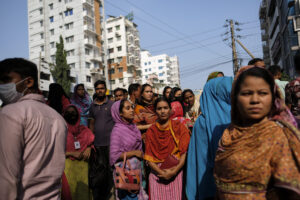
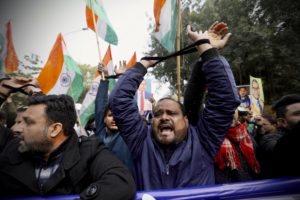
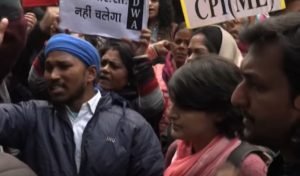
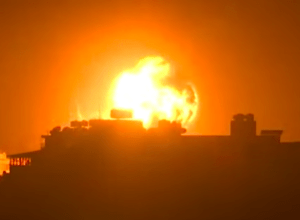
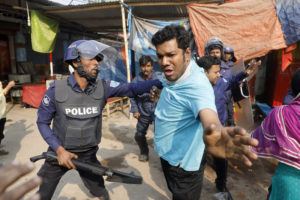
You need to be a supporter to comment.
There are currently no responses to this article.
Be the first to respond.